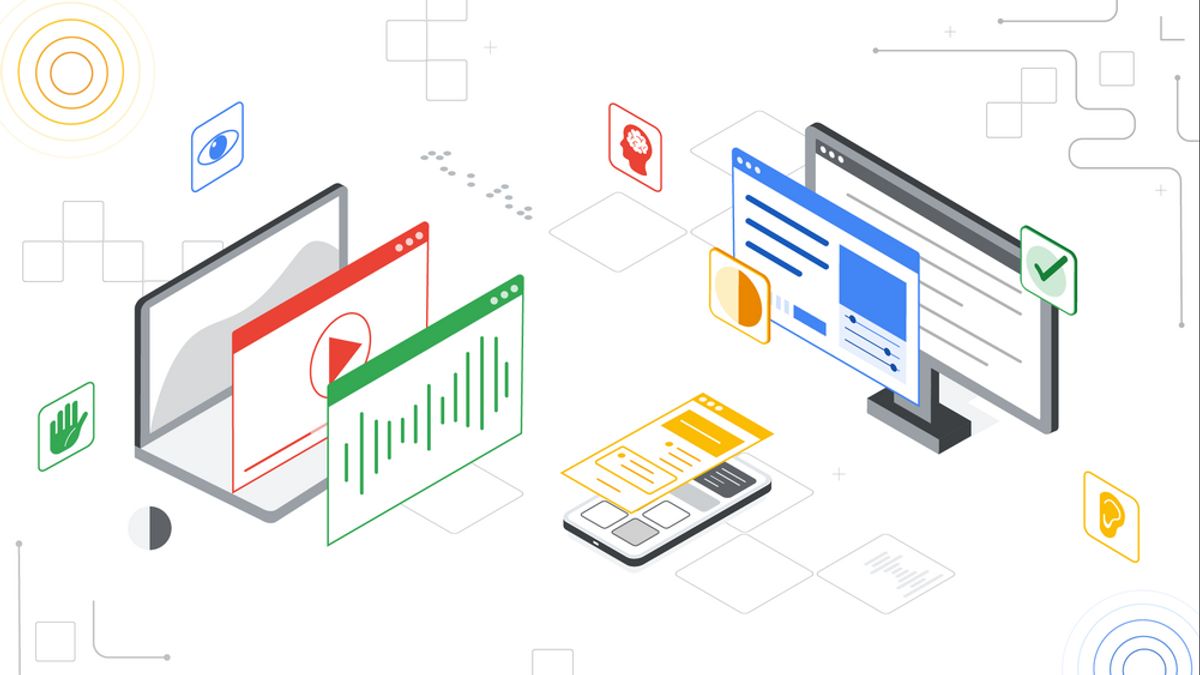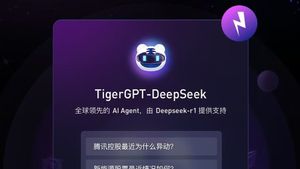JAKARTA - As Vice President, Product and Engineering, Chrome browser for many years, Parisa Tabriz said that she wanted to create the best Google technology for everyone.
She added that Google wants students to have the tools they need to express themselves and access information in the most appropriate way.
For the reasons above, here are some of the latest ways Google is making accessibility features straight into its educational tools.
Adding Alternate Text in Gmail
You can now add alternative text in Gmail. This allows people to add context to images, making them accessible to people using screen readers and helping them better understand exactly what is being shared.
Improved Google Docs Experience
Google has improved the Google Docs experience with braille support. With comments and highlights in braille, students reading Google Docs will now hear start and end indications for comments and highlights alongside other text.
SEE ALSO:
"This change makes it easier for people who use screen readers and refreshable braille displays to interact with comments in documents and identify text with a background color," Tabriz said in a Google blog.
Apart from that, Google has also added a new feature to dictation in Chrome OS. Now you can speak into any text field on your Chromebook by simply clicking the microphone icon in the status area or pressing Search + d to dictate. This dictation feature can help students who have difficulty writing.
"You can also edit using just your voice. Just say "new line" to move the cursor to another line, "help" to see a full list of commands, or "undo" to correct a typo or error," she added.
The English, Chinese, Japanese, Arabic, and French versions are automatically generated by the AI. So there may still be inaccuracies in translating, please always see Indonesian as our main language. (system supported by DigitalSiber.id)












